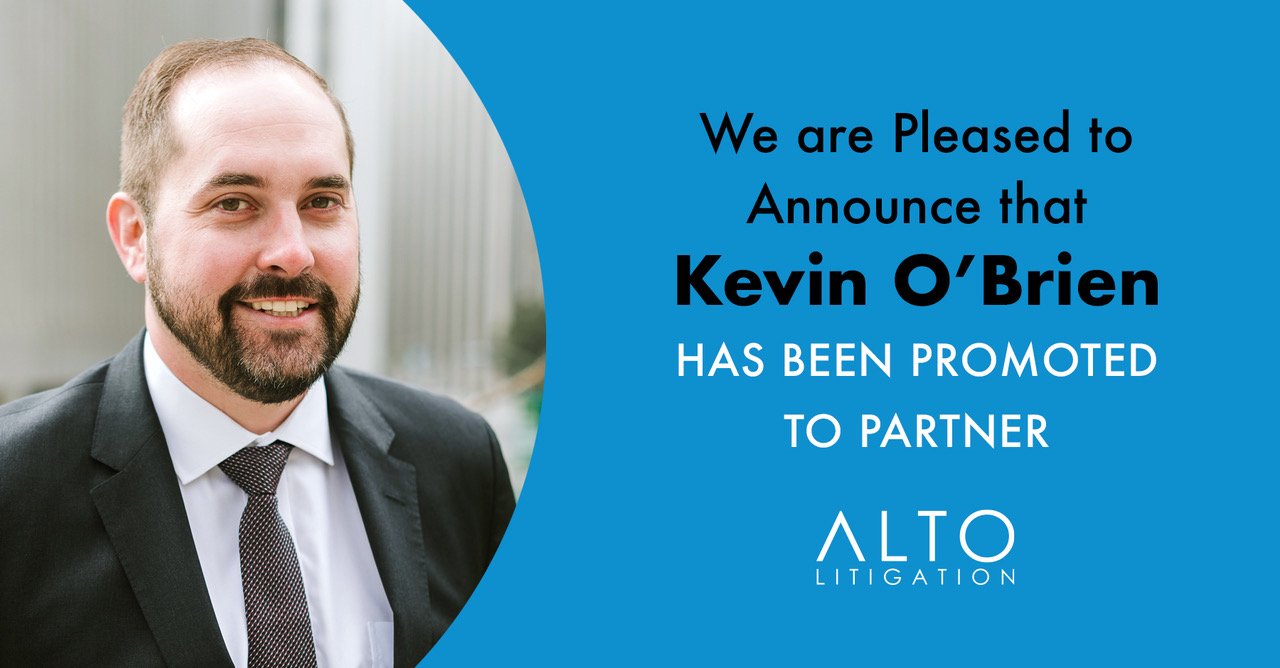Second Circuit Shields Crypto Exchange Developers from Federal Securities Claims
On February 26, 2025, the United States Court of Appeals for the Second Circuit affirmed the dismissal of federal securities claims against developers of a decentralized cryptocurrency exchange and their venture capital investors in Risley v. Universal Navigation Inc. The court held that these developers could not be liable under federal securities laws for alleged fraud perpetrated by third parties on their exchange.
The case involved a decentralized exchange operating through self-executing "smart contracts" that autonomously facilitate cryptocurrency trades. Plaintiffs alleged the exchange enabled trading of fraudulent "scam tokens" that constituted unregistered securities.
The Second Circuit, assuming for argument's sake that the tokens were securities, nevertheless dismissed the Securities Act claims. The court reasoned that the defendants were neither direct sellers of the tokens nor actively soliciting their sale. The court analogized the exchange's role to that of traditional exchanges like Nasdaq or NYSE, determining they were merely "collateral to the offer or sale" rather than participants in the transactions themselves.
Additionally, the court rejected Exchange Act claims, finding no rescindable contract existed between plaintiffs and defendants. However, the Second Circuit did vacate dismissal of state law claims and remanded them for consideration under diversity jurisdiction.
SEC Declares "Meme Coins" Not Securities
On February 27, 2025, the SEC's Division of Corporation Finance provided clarity on crypto regulation by declaring that "meme coins" do not fall under the definition of "security" under federal law.
The SEC defined meme coins as crypto assets inspired by internet memes, characters, or trends that attract online communities primarily for entertainment, social interaction, and cultural purposes. Since these assets don't generate yield or convey rights to future income or business assets, they don't qualify as securities under the Securities Act or Exchange Act definitions.
This determination means meme coin transactions don't require SEC registration, though the agency warned this doesn't extend to products merely labeled as "meme coins" to circumvent securities laws or those used for fraudulent conduct.
The Division also analyzed meme coins under the "investment contract" test from SEC v. W.J. Howey Co., concluding that meme coin purchasers are not making investments into enterprises, nor are their profit expectations derived from others' efforts, but rather from speculative trading and market sentiment.
SEC Moves to Drop Lawsuit Against Coinbase
In a major shift signaling the Trump administration's friendlier approach to cryptocurrency, Coinbase announced recently that SEC staff have agreed in principle to dismiss their lawsuit filed during the Biden administration. The original suit had accused Coinbase of operating as an unregistered securities broker.
The move aligns with President Trump's campaign promises to roll back strict crypto enforcement and make the United States the "crypto capital of the world." While SEC staff have, according to Coinbase, agreed to the dismissal in principle, the agency must still formally vote to drop the suit.
Conclusion
As courts continue to refine the application of securities laws to various crypto assets and activities, and with regulatory approaches evolving under the Trump administration, we will continue to monitor these rapidly developing trends in the crypto space.For more information regarding Alto Litigation’s litigation practice, please contact one of Alto Litigation’s partners: Bahram Seyedin-Noor, Bryan Ketroser, or Joshua Korr.
****
Disclaimer: Materials on this website are for informational purposes only and do not constitute legal advice. Transmission of materials and information on this website is not intended to create, and their receipt does not constitute, an attorney-client relationship. Although you may send us email or call us, we cannot represent you until we have determined that doing so will not create a conflict of interests. Accordingly, if you choose to communicate with us in connection with a matter in which we do not already represent you, you should not send us confidential or sensitive information, because such communication will not be treated as privileged or confidential. We can only serve as your attorney if both you and we agree, in writing, that we will do so.
The materials on this website are not intended to constitute advertising or solicitation. However, portions of this website may be considered attorney advertising in some states.
Unless otherwise specified, the attorneys listed on this website are admitted to practice in the State of California.




















